True Spring Chickens: A Rite to Flight: a Point-and-Cluck Adventure Postmortem
An egg-cellent look back at the successes and pitfalls of a team (comprised mostly of first-time game developers) as they create a short old-school point-and-click adventure game, using the Global Game Jam and local demo nights as milestones.

This was reprinted from my blog (http://tinheart-interactive.tumblr.com/)
You are what you do.
To be a writer, you have to write. If you claim to be a writer who doesn't actually write, you're just an alcoholic traveler.
If you make games, you are a game(or games – Hi UK friends!) developer.
In the span between the Global Game Jam and the New Jersey Arcade hosted by The Sheep’s Meow, we made game developers out of sculptors, bakers, actors, and rock stars. You can check out Rite to Flight: a Point-and-Cluck Adventure here.
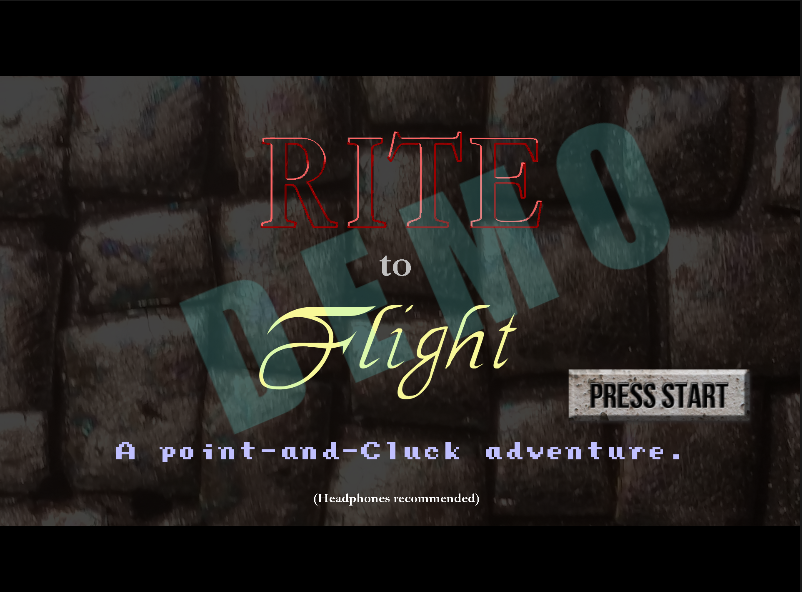
Let's step back a second.
Who am I?
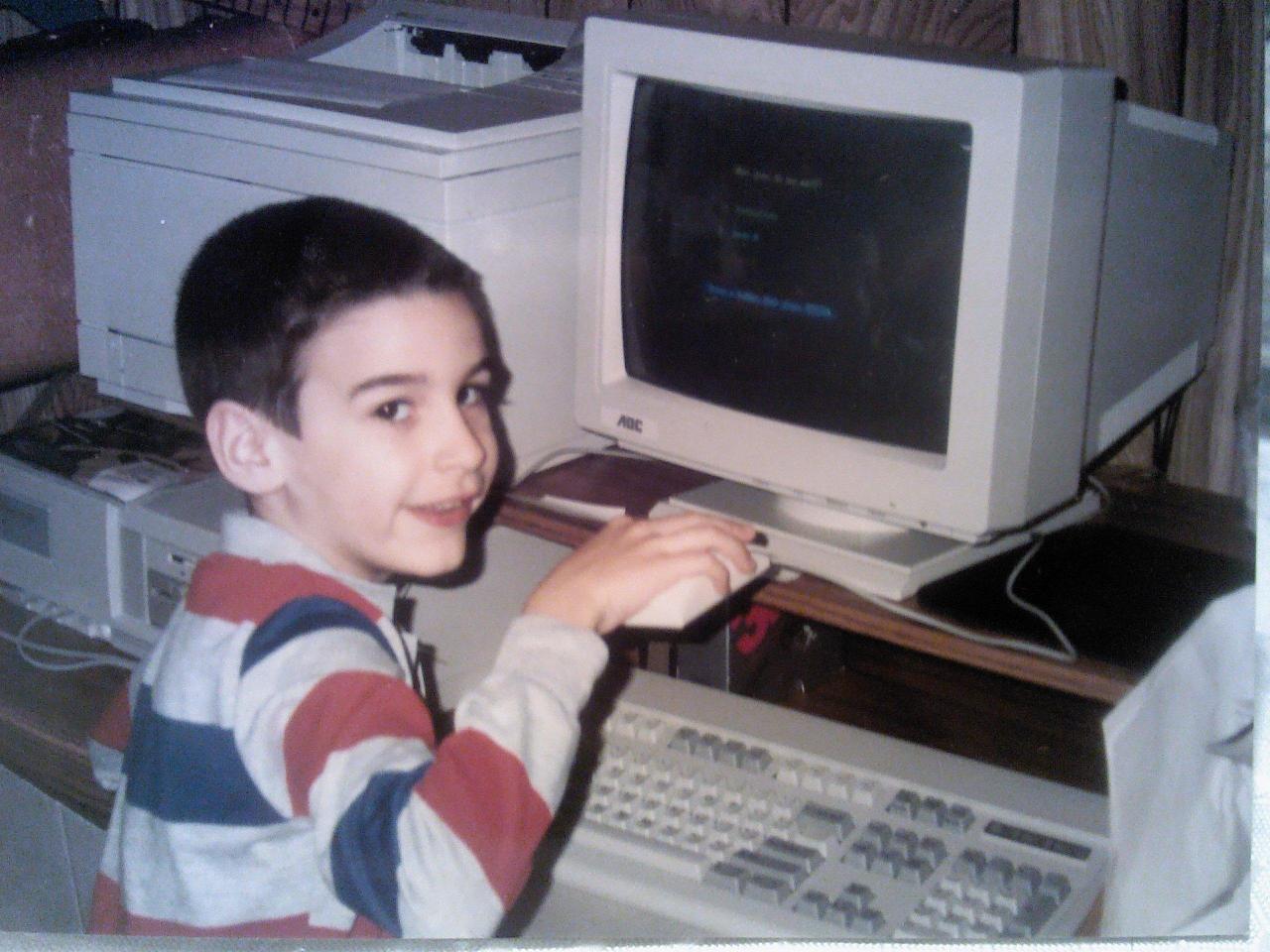
I'm a game designer out of New Jersey. I got my start with playtesting pen & paper RPGs in the late 2000’s, and in the early 2010’s I went professional: web games, quest writing for a Facebook social game, and some mobile casino games. These days, I've been pumping out prototypes as Tin Heart Interactive. (Perhaps we've said hi at an event in NY, NJ, or PA.)
Going alone in this industry is difficult. Video games are the renaissance art of our generation, allowing a developer to dabble in a vast array of skills, but if you have the smallest seed of doubt in your heart, making progress can seem to be an insurmountable task.
Over the years, I’ve pestered enough folks, spreading the bug of game development to those around me, and—instead of talking, drinking, and traveling—got together to build a game. The support network was built, and it was time to make progress.
Rite to Flight: A Point-and-Cluck Adventure
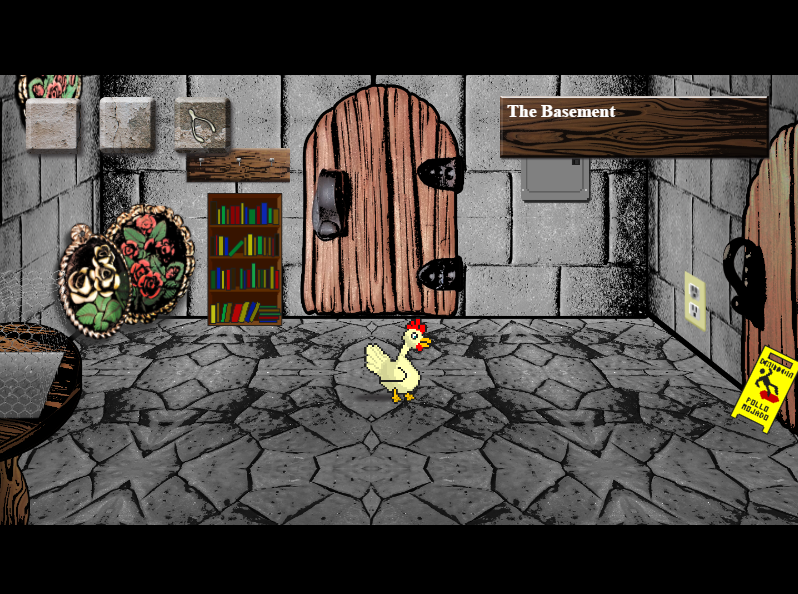
Our game is a short (15-20 minute) point-and-click adventure game heavily inspired by the ones we enjoyed playing in the early 90’s. The genre is beloved by our group because it allows us to deliver a number of funs, as well as (hopefully) clever puzzles.
You play a mostly-silent chicken protagonist, hoping to fly the coop before being sacrificed by the family who has you locked up. Fortunately for you, you find the MYSTICAL WISHBONE and a Poultry-geist guide to aid in your escape.
The current build represents about 300 man hours worth of work. (This number includes development, meetings, and demo time.)
UP THE PUNX: Going Rogue on the Global Game Jam
![(Left-to-Right, standing: Zane, Henry, Greg (now [arguably] an adult), D. Jay, Shara. Not Pictured: Adam. Photo Credit: The Sheep’s Meow) (Left-to-Right, standing: Zane, Henry, Greg (now [arguably] an adult), D. Jay, Shara. Not Pictured: Adam. Photo Credit: The Sheep’s Meow)](http://40.media.tumblr.com/af46dc3d9ec83f6c9b52161648921c4e/tumblr_inline_o5wj2wzQRC1sb4bzm_1280.jpg?width=600&auto=webp&quality=80&disable=upscale)
(Left-to-Right, standing: Zane, Henry, Greg (now [arguably] an adult), D. Jay, Shara. Not Pictured: Adam. Photo Credit: The Sheep’s Meow)
Using the framework of the Global Game Jam was the perfect backdrop to introduce people to game development. While we did the bulk of work during the GGJ weekend, we did it off the record – allowing us to come with a pre-formed team, and work off site, which was a bit more comfortable for our team.
Our team initially met while performing in an Interactive Children’s Theater Troupe, and includes a number of siblings and married couples. We consisted of:
Myself, (and my wife Kit who did playtesing and consulted on some of our puns)
The very talented Mr. Adam Donohue helped me to wrangle cats. He’s done pixel art for a number of mobile and web games, and it was great to have him onboard.
Henry and D. Jay of the ska band Survay Says! provided a wide range of work. While neither has released a game before, D. Jay covered programming, and Henry did voice acting and composition.
Shara and Zane, of Mad Dash Studios rounded out the art and production team. Many of the assets in the game were made by hand out of polymer clay then photographed, edited, and put into place. Zane was originally going to just hang out during the game jam and make bagels and tea, but by the end of the process he was coding alongside the rest of us.
What went right:
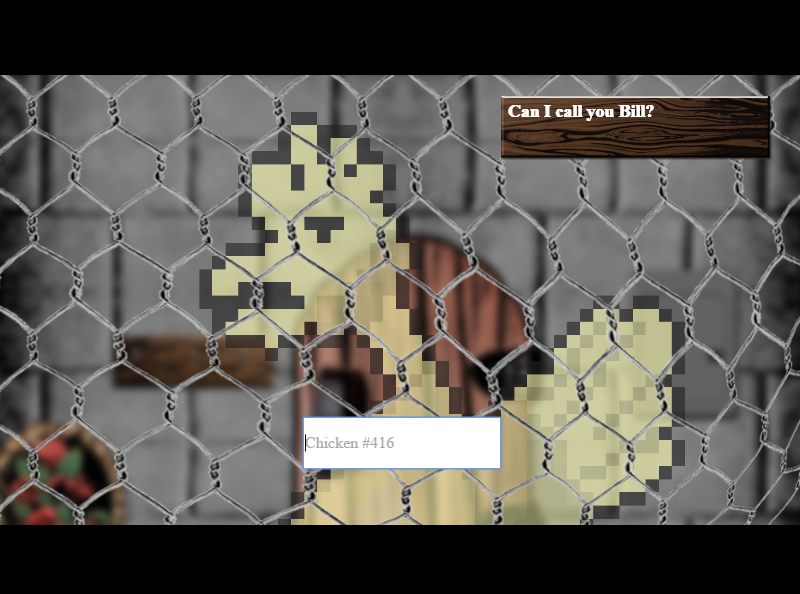
Choice of Engine - For ease of use, we chose to work in Construct 2. It was easy for team members to experiment with during the week leading up to the game jam, as well as onboard non-programmers during production. With this choice, it allowed us to "make a game" during the GGJ, instead of "learn how to program". Our next step is to port the demo to mobile, and are hoping that the HTML5 base makes for the easy port.
Mixed Media - The inclusion of physically crafted assets really sets the look of this game apart. I don't think all games need to experiment with their visual arts, but I am personally always excited to see something new. Having a pixel artist on the team also helped with character animations – something that would have been painstakingly difficult with the clay. For a future release, we have discussed making more of the world a highly detailed model, perhaps with a pixel outline to distinguish the objects from the background.
The autore vision - this is bound to come up with any good group construction. Our team had space to play while developing, leading to scripted scenes and close-up angles I never expected to see. While some things received the "SHIP IT" seal of approval due to the initial Ike constraint, things like the Pokemon-style chicken camera angles, delivery of dialogue, and "Chicken Clicker ^still Unlocked" text were amazing little touches that I'm very proud of my team for.
Show your game! - A play is not a play until there is an audience. In the same way, a game is not a game without players. Watching people play your game will give you insight into becoming a better game developer. It also helps spread the word of your work, encourages your team, and helps isolated developers know they belong in the community.
Puns - Yolks on you if you thought this bullet point was getting an actual description.
What Went Wrong:

Game Jam Pitfalls –
"I'll sleep when I die…" -Abe Lincoln
"You'll die if you don't sleep!" - Joan of Arc
-Clone High (2002)
While the framework of a game jam is a great way to get a huge push in development, it also comes with a set of built-in drawbacks. The biggest of these, is knowing when to sleep. Putting in ‘just a few more hours’ can cause simple mistakes to pile up, and can lead to moodiness that hurts the group dynamic. Don’t hurt group dynamic. Go to bed.
New Game, Old Traps - Rite to Flight is an old-school style point and click adventure. This helped during the game jam potion, allowing the team to use an existing template, but it does fall into a number of tropes of the genre. While we tried to include audio hints to our (subjectively) "logical" puzzles, some playtesters ultimately wound up mashing all items from the inventory with all objects in the world.
SVN - Oh wow, where do I start with this one? As a producer, it was my oversight not having a way for the team to collaborate on files. At first, I had wrongly assumed that scenes and code could be dropped wholesale from one Construct 2 project to another. While reading through forums it was comforting to know I wasn't alone in this thought - however this oversight was our biggest time waster. With previous studios, I had some limited interaction with TortiseSVN, but after just 8 commits between myself and another teammate, this also broke down. We tried jury-rigging a solution through Google Drive, but after reaching out to a bunch of folks it seems that GitHub may be our best bet for the future. Before going into another game jam or collaborative process, I would recommend setting up and testing a system for version control.
Along the same lines, we had some first time programmers, and had never discussed best practices in commenting, naming conventions, or modular code structure. Sure, you can write tasks along a set of guidelines, but your team needs to be well versed with a lingua franca on how to interpret those tasks for improved workflow.

Wishbone cursor - Despite putting the wishbone at a comparable angle to a mouse cursor, playtesting revealed that some players wanted to click with the middle of the icon, instead of the leading edge. We attempted to expand some of the hitboxes, but ultimately we may need to either make the wishbone smaller, or change the icon when it's over a clickable object. (Or maybe both!)
TL; DR

What went right:
"Make a game" in 48 hours - not "Learn Programming" in 48 hours
Unique strengths, unique visuals & sound
Trust your team
Show off your work
What went wrong:
Get sleep during a game jam
Don’t fall prey to the pitfalls of your genre
Set up an SVN if working with a group
Tweak your assets for the best player response
Thanks so much for giving this a read. I highly recommend using a game jam weekend as a kickoff event, as well as bringing your game (completed or work in progress) out to a demo night. Even as complications arise, keep plugging away and never fear to reach out to get your project to the player.
Let's keep in touch!
-Greg
Facebook: www.facebook.com/TinHeartInteractive
Twitter: @_TinHeart
Read more about:
BlogsAbout the Author(s)
You May Also Like

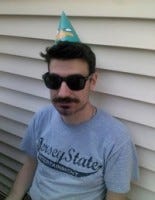





.jpeg?width=700&auto=webp&quality=80&disable=upscale)








